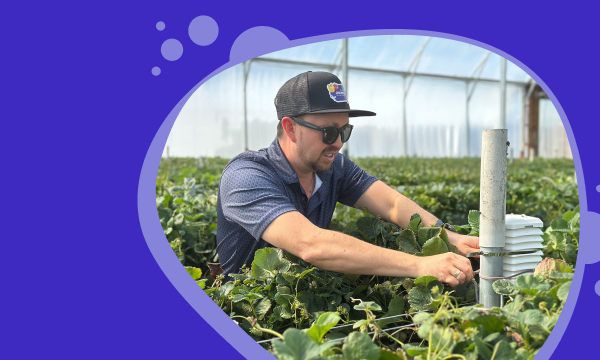
- ARTICLE
- CROP MANAGEMENT
How Climate Insight Levels the Protected Cropping Field
Daniel Than, Customer Success Director at WayBeyond, explains why actionable climate insight—not...
27.05.2021 | 5 min read
While the popularity of hand held moisture meters for plants shows no signs of abating, there are some significant disadvantages for growers using this tool.
Handheld soil moisture and substrate moisture meters are a staple of every greenhouse grower’s toolkit. Every grower I know owns one, or has owned one (or several) at some point. The popularity of “handhelds” stems from their portable nature, their accuracy and affordability.
Once manufacturers of soil moisture monitoring technology released a moisture meter that was small enough to be handled comfortably, robust enough to take a knock or two and affordable enough for even the most cash strapped grower, the hand held meter secured its place on the list of essential tools for both commercial and domestic growers.
Portability also played a big part in the success of handheld moisture sensors. Having a moisture measurement tool which was battery-powered and could be used by many kept equipment costs under control. Hand held units could be shared amongst multiple growing teams across shift changes or at multiple sites so greenhouse growing operations could make do with just one or two units.

Growers typically record moisture readings with paper, pen and clipboard making it difficult to analyze the data over various time periods.
Despite these factors, handheld moisture meters have their downsides – particularly in greenhouse environments. The first of these is that handheld probes can only provide the grower with the current soil or substrate moisture reading – one from just a single moment in time. While growers may record many readings over the course of a day or week, these are typically taken only at the moment the reading is required. If notes are taken they tend to be handwritten, making it difficult to analyze data over various time periods without consulting many sheets of paper.
Whether growing in Rockwool, Coco Coir or soil, growers want to consult their data and ask themselves: “How is the water content for my plants tracking?”
This week
This month
Compared to last growing season
Paper records make answering these basic questions a long and slow process.
Even with data entered into a spreadsheet (the inputting of which is time-consuming and subject to human error) it can be hard to achieve macro and micro views of moisture content readings without some additional (and often more involved) digital fiddling.

Crops like rasberries quickly become irrecoverable if an irrigation pump fails in-between scheduled moisture meter readings.
Even growers who take soil moisture measurements 5 or 6 times a day are prone to missing events that may happen in between their scheduled moisture data recording. Should an irrigation pump fail, soil can quickly dry out with devastating effects. Crops like berries and cannabis quickly become irrecoverable after just a few hours and if the failure event occurs between times when moisture readings are taken, growers can be unaware of the issue until it is too late.
The pins on a pin-type meter are vital components for gathering accurate soil-water content readings but like most other tools in the greenhouse they can be knocked, dropped or trodden on so careful handling and storage is key. Unfortunately the portable nature of handheld meters means they are handled more frequently by more people which increases the probability of the meter incurring some kind of damage.
While this is not a risk specific to hand held moisture meters it is worth noting that it only takes one corrupt file, a virus, an accidental deletion or a file overwrite to lose months or perhaps years of data. Many growers are precariously positioned when it comes to the security and robustness of their file storage and data backup systems.
Another issue is one of consistency of location. When using handheld meters it’s unlikely you will press the probe into the exact same spot as the last time you took a reading. While this may not be of immediate concern, successfully growing crops is the product of the interplay between many variables, and so removing those that are unnecessary builds a more robust and repeatable process.
Additionally, greenhouse growers want to collect moisture readings from the same area as they are collecting other climate data.
The two biggest cons of using hand held moisture meters are the lack of continuous data and the difficulty in manipulating that data, both current and historic. Routing moisture readings to a data logger is one step towards addressing this, but a better and more forward focused solution is connecting the moisture sensor data to the Cloud.
Real time data can be visualized as graphs or tables while historic data can be retrospectively analyzed to spot trends”
Once published to the Cloud, real time data can be visualized as graphs or tables while historic data can be retrospectively analyzed to spot trends, to benchmark operations to track improvements or to study climate conditions that led up to negative events like a pest or disease outbreaks.
Soil/substrate data can also be combined with climate data to build a better overall picture of climate conditions in the greenhouse. For example, photosynthesis, the process that plants use to grow, requires water, carbon dioxide and light. This process, depending on the plant, is optimum at certain temperature and humidity ranges. By studying the data the grower can learn what the limiting factor is. Too much light, but not enough water won’t necessarily speed up photosynthesis and therefore growth.
The choices for greenhouse growers are:
hand held meters,
fixed meters with digital displays,
fixed meters coupled with data loggers; or
meters transmitting to the Cloud.
Hobbyists and small growers usually settle for the items earlier on this list as they tend to be cheaper but larger commercial growers can also hang on to these for much longer than is useful – and is time efficient to do so – simply put, the tool is no longer appropriate to the scale of their operations.
One climate monitoring solution that will scale as farm operations grow is the Folium sensor network. Folium sensors collect real-time climate and environmental readings and publish to the Cloud. This data is visualized as heatmaps, charts or graphs to provide growers with a more holistic view of conditions in their growing environment.

As well as its 6 climate readings, the Folium multi sensor also accepts a moisture sensor so you receive continuous data on the moisture in your slab.
An external moisture meter plugs into the base of the Folium sensor to provide continuous moisture readings from the growing media. Growers set alerts to be notified should soil/slab moisture readings fall outside their specified parameters so they achieve greater consistency in managing irrigation.
Folium is a bluetooth wireless sensor and portable and so can be located anywhere growers need to collect data. It collects readings of: temperature, humidity, PAR and RAD (two types of light), CO2, and barometric pressure. Additionally, external sensors such as a soil moisture or substrate moisture sensor or a plant temperature sensor can be connected.
The saying “Old habits die hard” is never more true than in agriculture. If your farm staff are still spending hours walking the rows, taking plant readings with a hand held moisture meter and clipboard, you could be doing things better.
Improving farm management practices by leveraging technology like Folium sensor network saves man hours and therefore labor costs. A small farm paying staff USD15 an hour for example, could save at least 2 hours per day. Saving $30 per day doesn’t sound like much, but equates to nearly $11,000 a year.
Coupled with a slew of other benefits including greater awareness of potential disease outbreaks, dialling in conditions for optimum Integrated Pest Management (IPM) and having access to a growing body of data to make better decisions going forward means Folium sensor network is a wise investment for any grower serious about data driven farming.
Learn more about replacing hand held moisture meters with Folium.
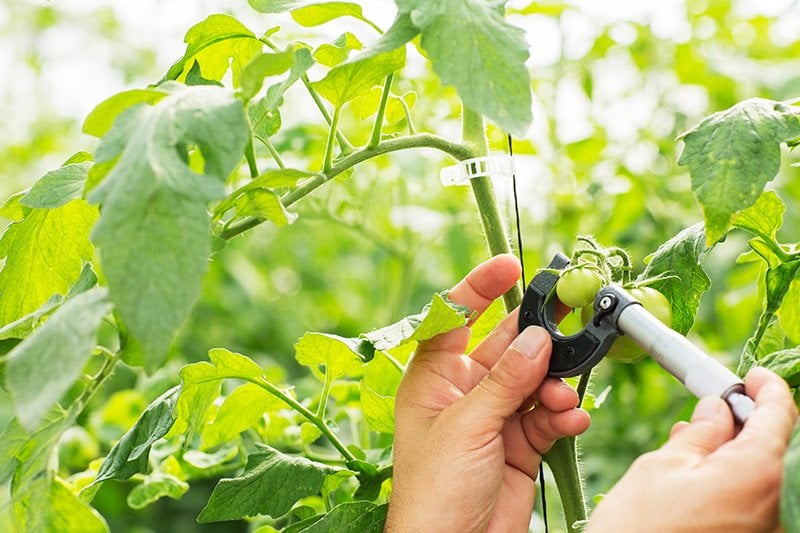

Daniel Than, Customer Success Director at WayBeyond, explains why actionable climate insight—not...
.png)
Learn how to manage weather-related risks for your crops using an early warning system such as...

WayBeyond’s new GrowPilot app brings artificial intelligence into the hands of small to...
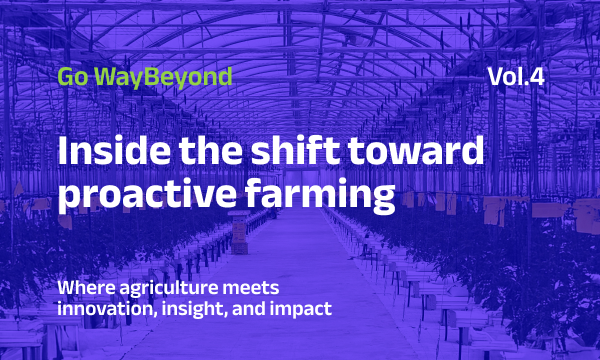
From cutting water use in drought-hit regions like Morocco to preventing thousands in losses from...
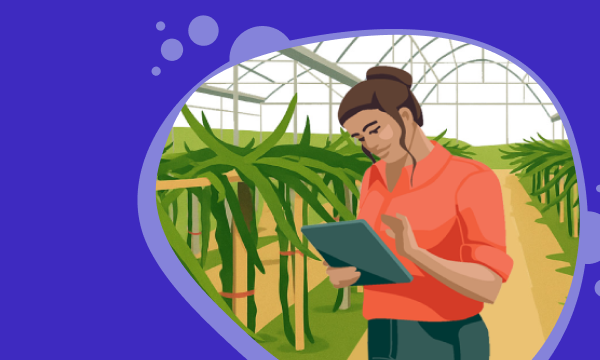
When faced with crop losses due to climate events and system failures, Eliven Tropical turned to...
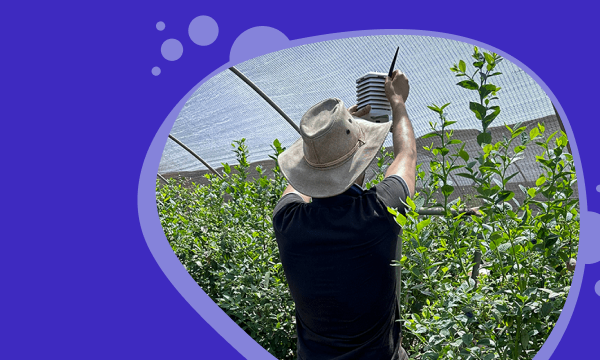
A leading Moroccan berry grower cut water use by 16% using climate data and ETo-based irrigation....
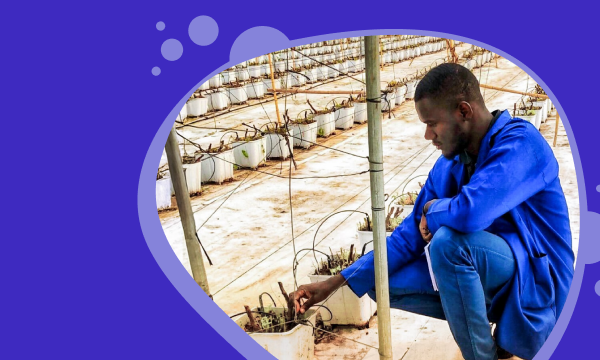
ETo forecasting is a simple but powerful tool for optimizing irrigation every day, in every season....
.png)
From breeding climate-resilient berry varieties in Australia to testing precision irrigation...
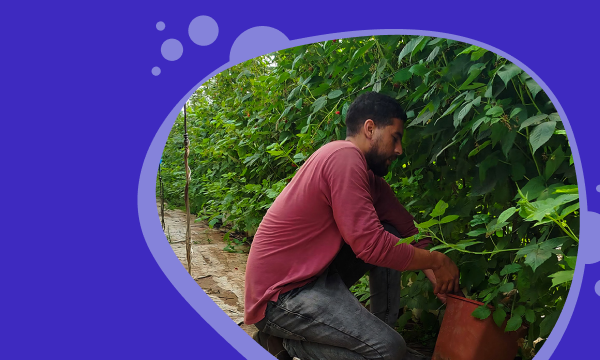
See the strategy behind evapotranspiration-based irrigation planning that helped a greenhouse...
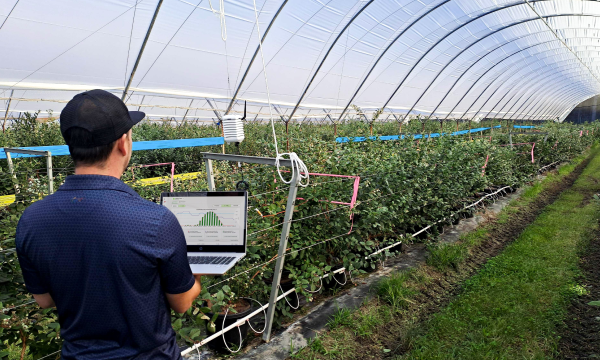
Costa Group is using WayBeyond’s FarmRoad platform to support its elite blueberry breeding program...
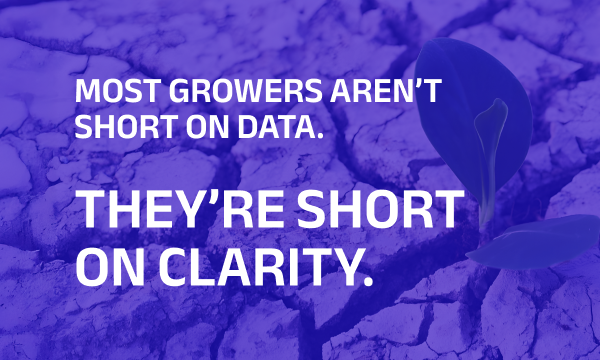
Soil systems around the world are under pressure. Pollution, climate extremes and unsustainable...

AgTech enters 2025 with strategic investments prioritizing long-term food security over quick...
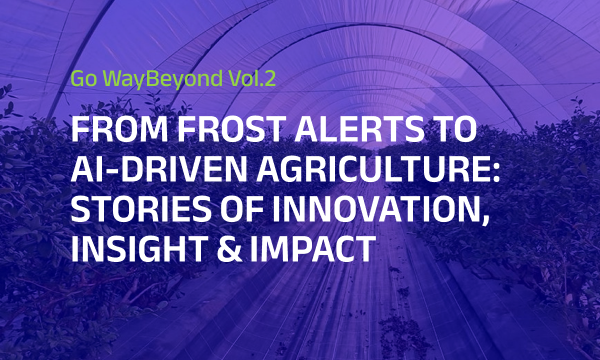
Our newsletter explores the evolving world of agriculture through the lens of innovation, insight,...

Darryn shares how digital agronomy and AI-powered solutions help farmers optimize production,...
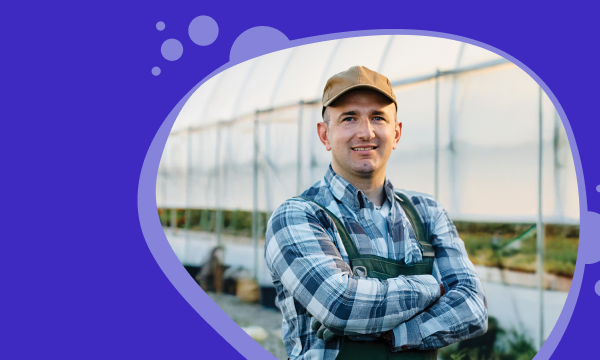
Learn how a people-first approach to change management empowers growers to successfully transition...
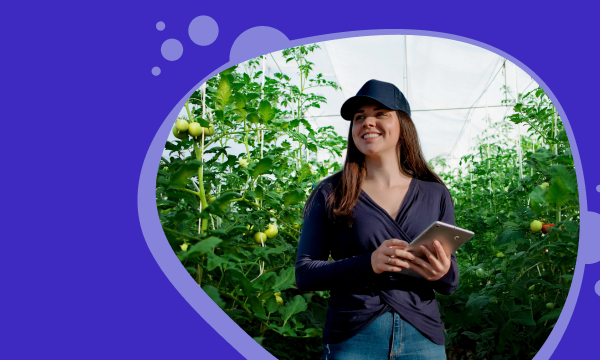
The grower's guide to using data for effective crop management. Get practical tips to achieve...

Darryn Keiller shares his thoughts on the urgent need to rethink farming, tackle regional...
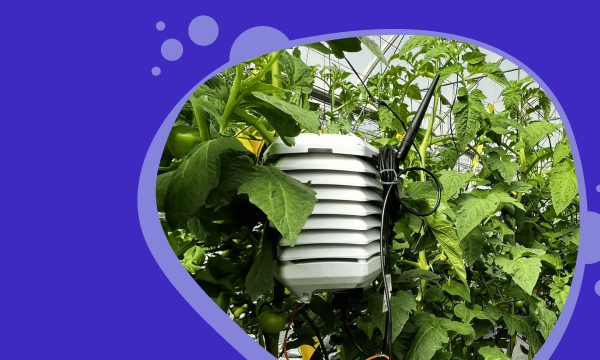
The HM.CLAUSE Kenya seed production team faced several challenges in optimizing their yield...

With late blight causing crop loss and large costs, Agrícola Chaparral turned to digital agronomy...
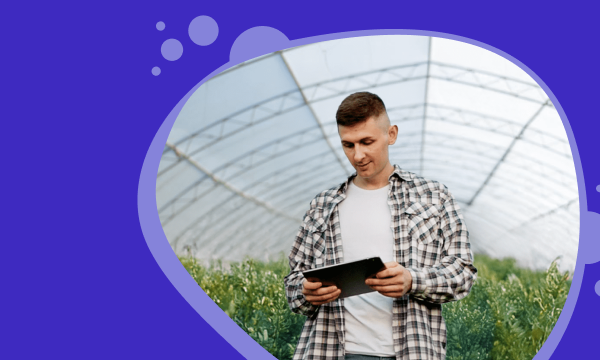
Learn how six key weather data points can help you make smarter irrigation decisions, conserve...
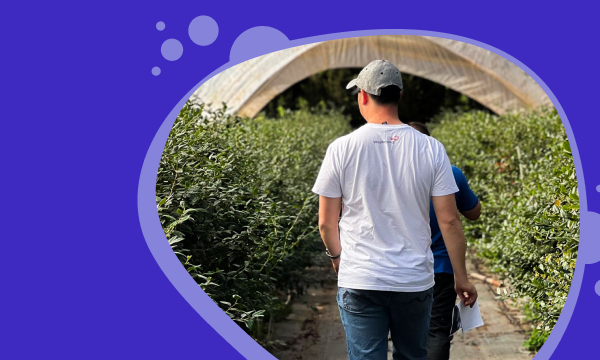
Two weeks, three countries, and ten customer farm visits later, Daniel Than, WayBeyond’s Customer...
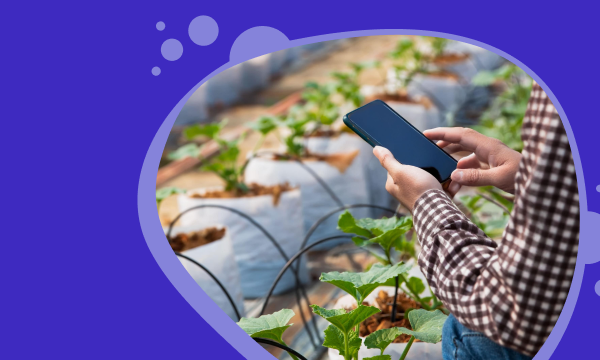
A smart approach to water management is key to helping growers tackle water scarcity and climate...

With over 470 ha of blueberry production, African Blue needed to unify farm data to improve crop...

What if tomato seeds were treated as commodities? This article explains how data and AI can help...
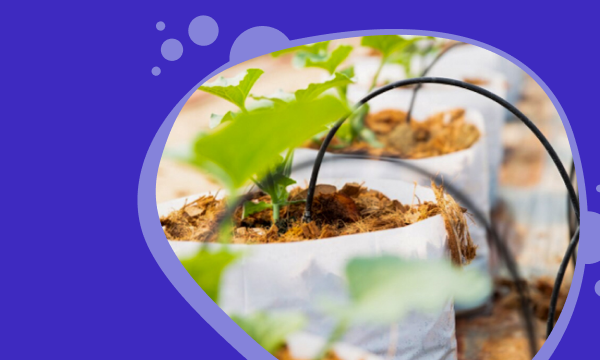
Uncover the vital role of drip and drain monitoring in optimizing drip irrigation farming.
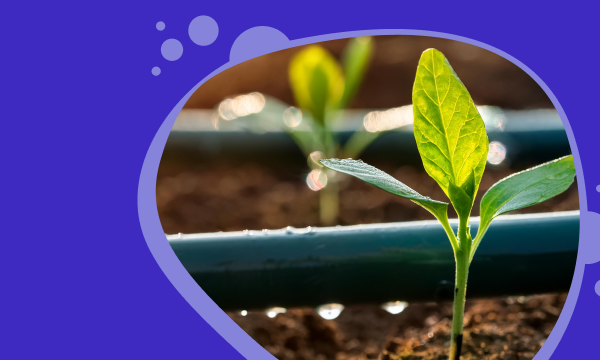
Explore how protected cropping growers can use data insights to drive smart irrigation practices.
.png)
Learn how Khawla Derstaouieh embraces digital agronomy to optimize irrigation, track pests, and...

Heatflation is rising food prices caused by extreme heat from climate change. How can protected...
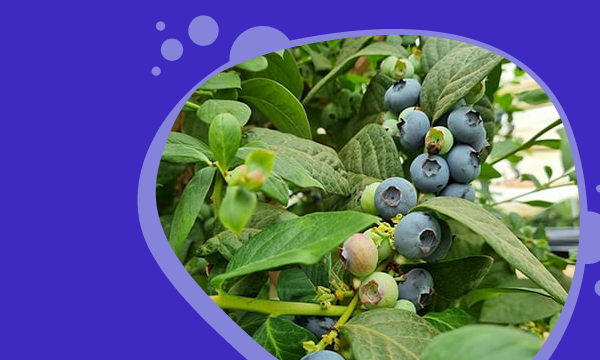
Heat stress is a significant concern for berry growers as it has both positive & negative effects...
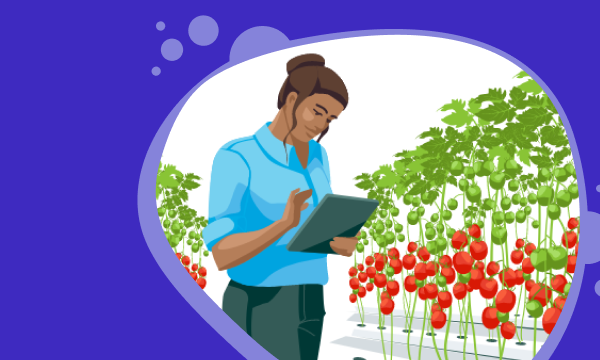
Do growers focus too much on high accuracy yield forecasting and miss key contextual indicators?
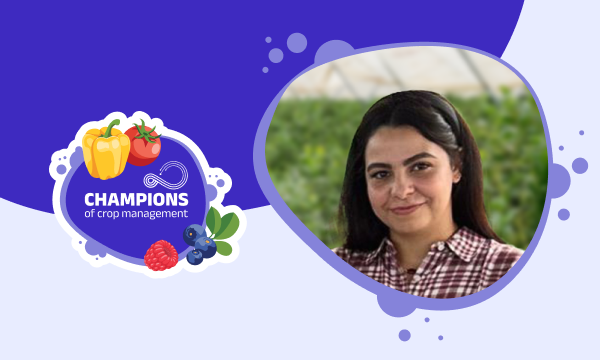
Discover how Sanaa Elmarini enhances decision-making in blueberry crop management at African Blue...

Practical solutions for today’s challenges in the world of horticulture. From real-time data to...
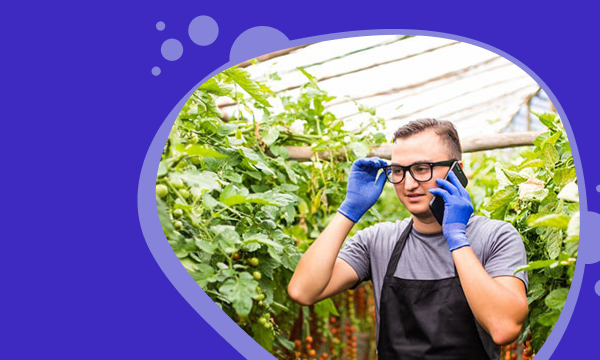
Real-time alerts play a vital role in empowering growers to make better crop management decisions.

Darryn addresses the importance of food security, how the pandemic showed a real vulnerability in...

Real world examples of common issues faced by growers that can be solved with real-time data,...
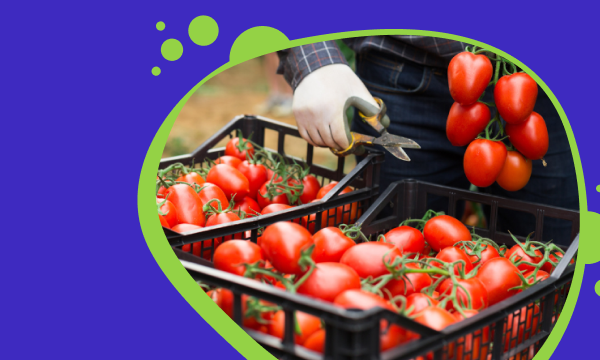
In this crop steering guide, you'll learn how to adjust environmental factors for ideal plant...
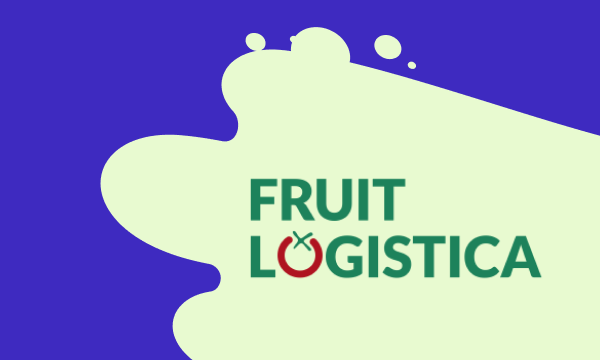
Fruit Logistica 2024 in Berlin wrapped last week, bringing to a close its biggest edition yet with...
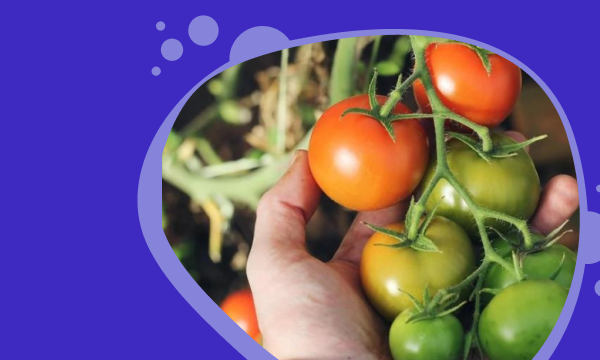
Discover strategies for maximizing crop yields by balancing generative/vegetative growth.
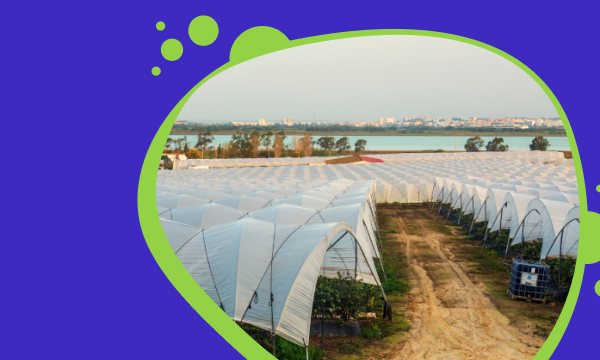
The protected crop growers guide to successfully managing your plants, team, practices and...

The future of farming may be indoors. We know that’s already happening for tomatoes and leafy...

Read our team's report on the 2023 Morocco Berry Conference, held in Agadir.

Learn how interpreting crop yield prediction with contextual data improves decision-making and...

WayBeyond's team share first impressions, general observations and key takeaways from Fruit...
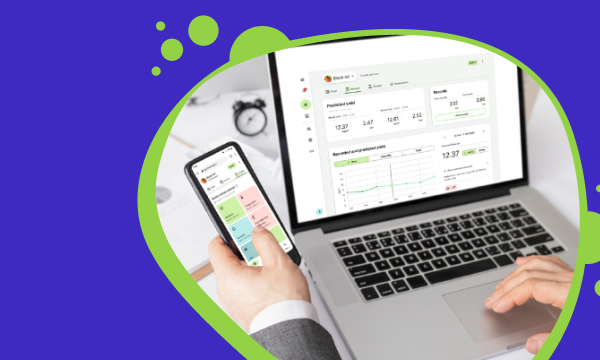
SaaS adoption in horticulture: discover challenges and pitfalls for both growers and technology...

Frost devastates blueberry crops, leading to significant economic losses. By harnessing digital...
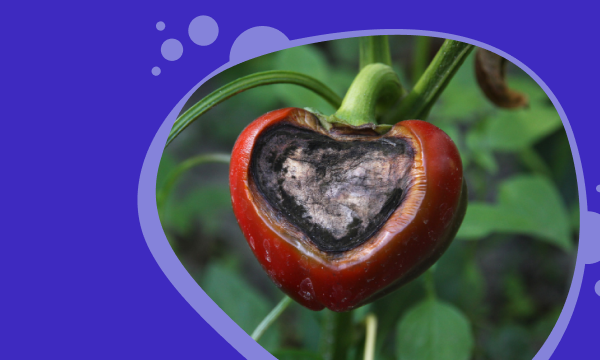
Digital agronomy insights helps tackle crop loss, production variations, and declining yield by...

Lee Kirsopp challenges the need for high accuracy yield prediction. Can other data provide better...

Insights and reflections from the WayBeyond team at GreenTech Americas 2023, held in Querétaro,...

3 production problems that can be solved by collecting data: cross loss from disease, poor crop...
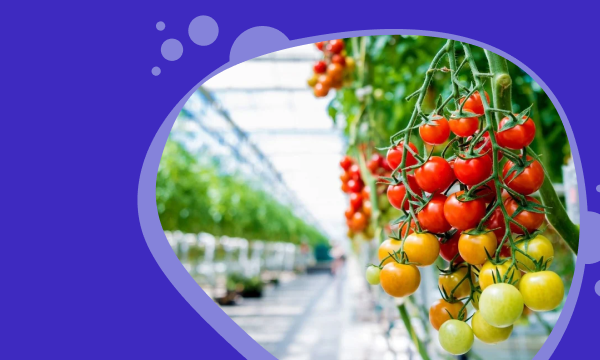
WayBeyond's study unveils factors behind yield swings and proposes an alternative to improve yield...
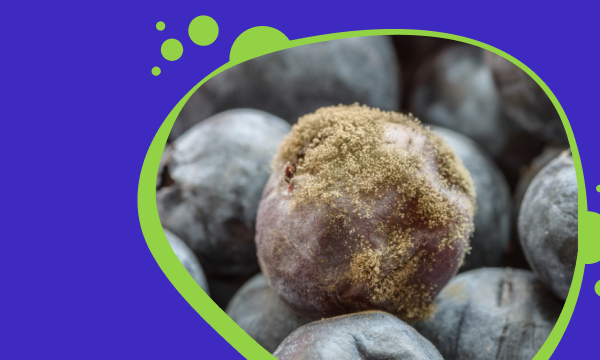
Discover the true cost of a fungal disease outbreak in crops, how to respond and the financial...
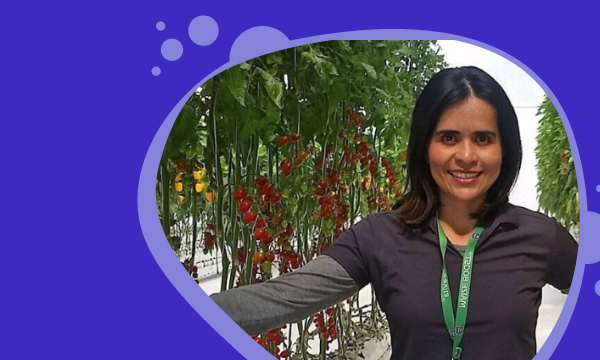
With protected agriculture on the rise, Mexico is ripe for the next wave of tech innovation.
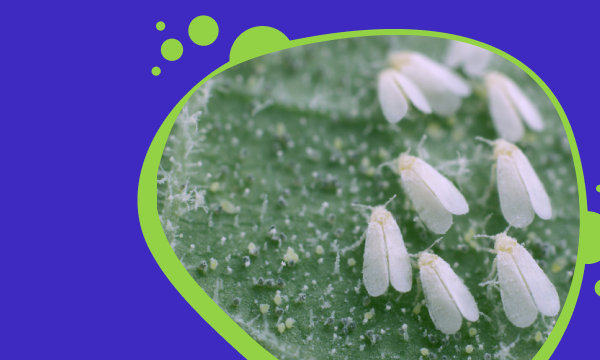
Get insights on Integrated Pest Management planning for effectively managing infestations.
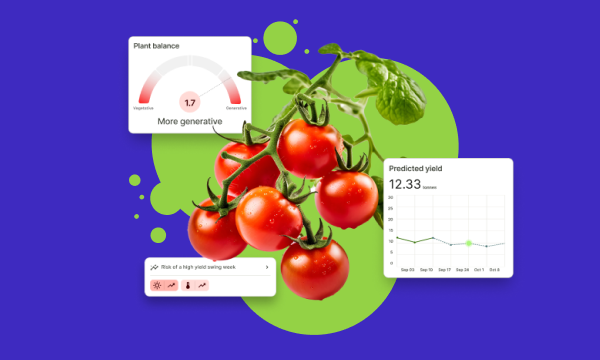
Learn the challenges and potential of AI and machine learning in agriculture for sustainable crop...
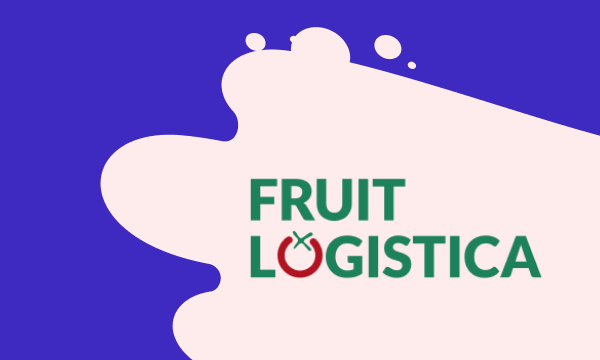
Read the round up of Berlin Fruit Logistica 2023 from the WayBeyond team on the ground.
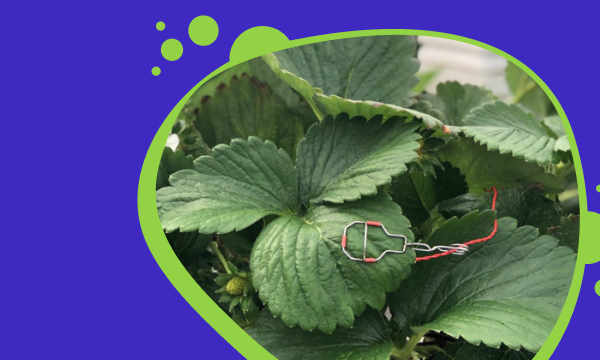
Learn how to manage plant stress and improve crop performance with Vapour Pressure Deficit.
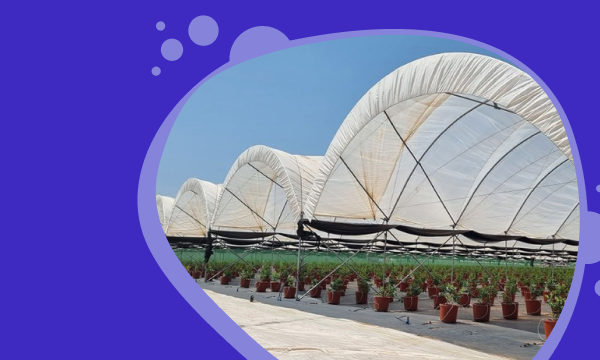
Harnessing FarmRoad enabled to monitor the status of their crops and the farm as a whole and...
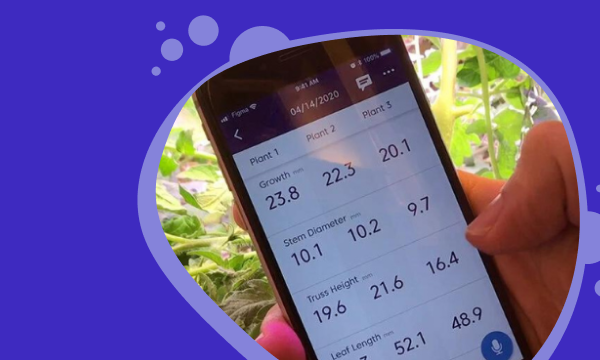
Why do growers use crop registration and how does it benefit crop management practices?

Our food systems face uncertainty in the wake of Climate Change. Cyclone Gabrielle highlighted the...
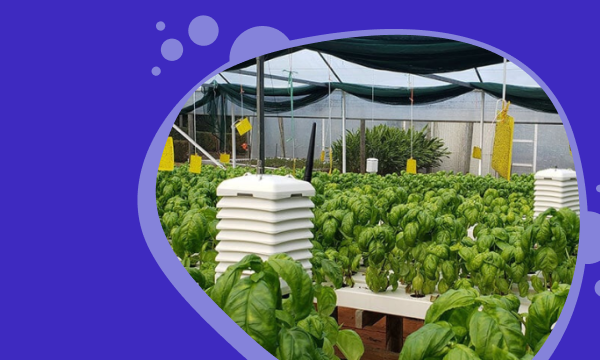
Growers require frequent and detailed climate data and crop status visibility to get the best from...
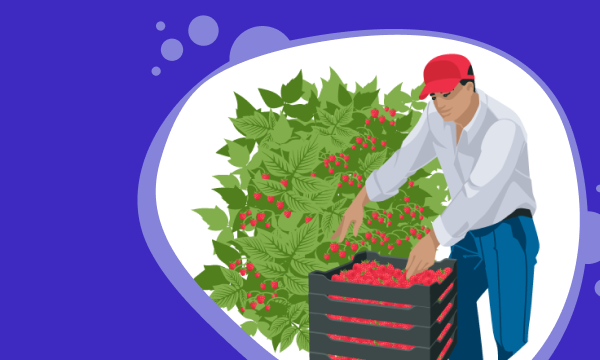
The agronomist at Season Farms noticed a drop in production and turned to WayBeyond's digital...

Plant pathology is the study of plant diseases and how they interact with plants. In this in-depth...
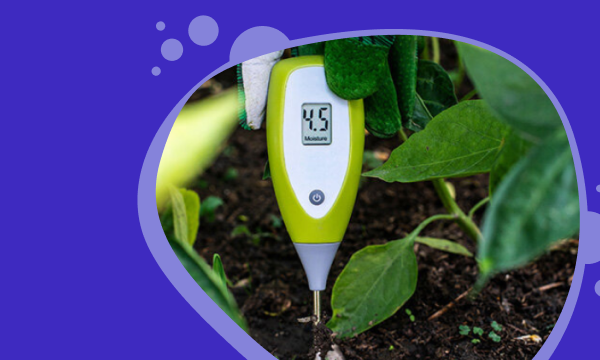
While the popularity of hand held moisture meters for plants shows no signs of abating, there are...

Lotte Bayly shares about her career journey, navigating gender bias, and her views on gender...
Champions of crop management.
Giving commercial growers the power to make better crop management decisions and optimize crop outcomes.
Solutions
Customers
©2025 WayBeyond. All Rights Reserved.